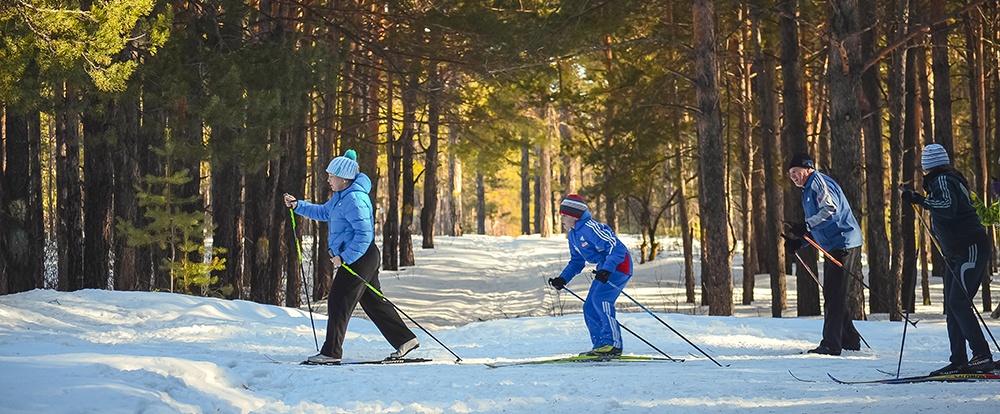As soon as temperatures rise in the late Winter and early Spring, tick populations reactivate. Although some species of ticks are dormant during the cold winter months, they become active earlier than you may think. When temperatures rise above freezing and the snow cover begins to melts, ticks begin to emerge and look for hosts (link to a CDC resource on tick lifecycles, with more resources on disease prevention).
Read More...Talking Ticks: The Deer Tick Life Cycle
Are Ticks Active in Cold Weather?
In short: yes; ticks survive cold weather and can be active. They hide under leaf litter and other brush for protection and reemerge as soon as conditions improve. That means if the snow melts and temperatures increase even only slightly, ticks will be on the hunt again for a host.
During the late fall and early spring months when the temperature is colder, we are dealing with adult deer ticks who search for larger hosts such as humans, deer, dogs, and cats. In the fall, the female deer ticks use this last blood meal in order to lay an egg mass containing thousands of eggs in the early spring. This is why property sprays that safely eliminate ticks are important to control the future population, and are helpful in Lyme disease prevention.
Read More...Kick the Tick Lyme Disease Awareness and Support Group
Lyme disease is impacting our community, our family, and our friends. Lois Pare is Founder of Kick the Tick Lyme Disease Awareness Group. We spoke with her to learn more about how her group is supporting the community, and how Lyme disease has impacted her life.
Read More...



